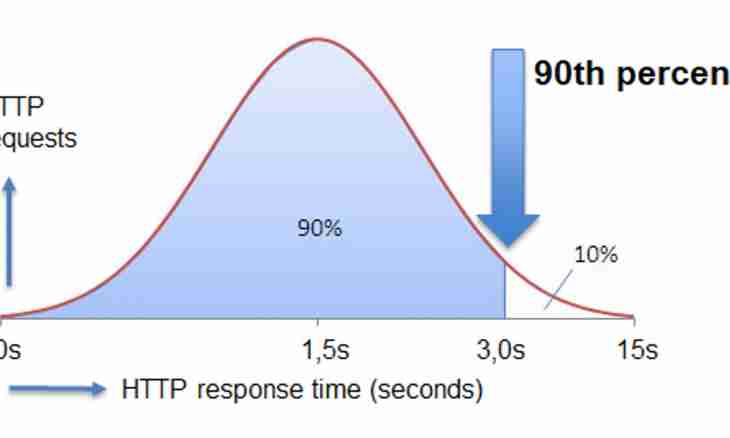In tasks in chemistry of a school course, as a rule, it is required to calculate volume for a gaseous product of reaction. You are able to do it if the number of moles of any participant of chemical interaction is known. Or find this quantity from other data of a task.
It is required to you
- - handle;
- - note paper;
- - calculator;
- - Mendeleyev's table.
Instruction
1. First of all, work out the reaction equation. Take for an example reaction of burning of ammonia in oxygen with formation of nitrogen and water. You need to find the volume of the emitted N2 gas.
2. Put down coefficients in the equation. To check itself, count amount of atoms of one element in the left and right member of equation. Pay attention in what ratio the chemical compounds participate in reaction. Now, knowing the number of any of participants of reaction, you can define how many moths of nitrogen were formed.
3. For example, it is known that the mass of the received water, m(H2O), 72 grams. Calculate the molar mass of water. For this purpose find in Mendeleyev's table of value of atomic masses of the elements making a molecule, and put them: M (H2O) = 2*1 + 16 = 18 g/mol. Calculate the number of moles of the formed water: v(H2O) = m(H2O)/M(H2O) = 72/18 = 4 asking.
4. Define how many moths of nitrogen turned out, having made a proportion: 6 mol of H2O - 2 asking N2; 4 asking H2O – x mol of N2. Solve the equation, having found x: x = 2*4/6 = 1.33 mol.
5. According to Avogadro's law, one mol of any gas in normal conditions, i.e. at a temperature 0o and pressure of 101325 Pas, occupies 22.4 liters. Calculate volume allocated 1.33 asking nitrogen: V (N2) = 22.4*1.33 = 29.8 liters.
6. If you know that 18 liters of oxygen reacted, for example, use the law of the volume relations of Gay-Lussac. It defines that volumes of the gases participating in reaction belong to each other as simple integers. That is follows from the equation of reaction that from three liters of O2 two liters of N2 turn out. You can draw a conclusion that 12 liters of nitrogen are formed of 18 liters of oxygen.
